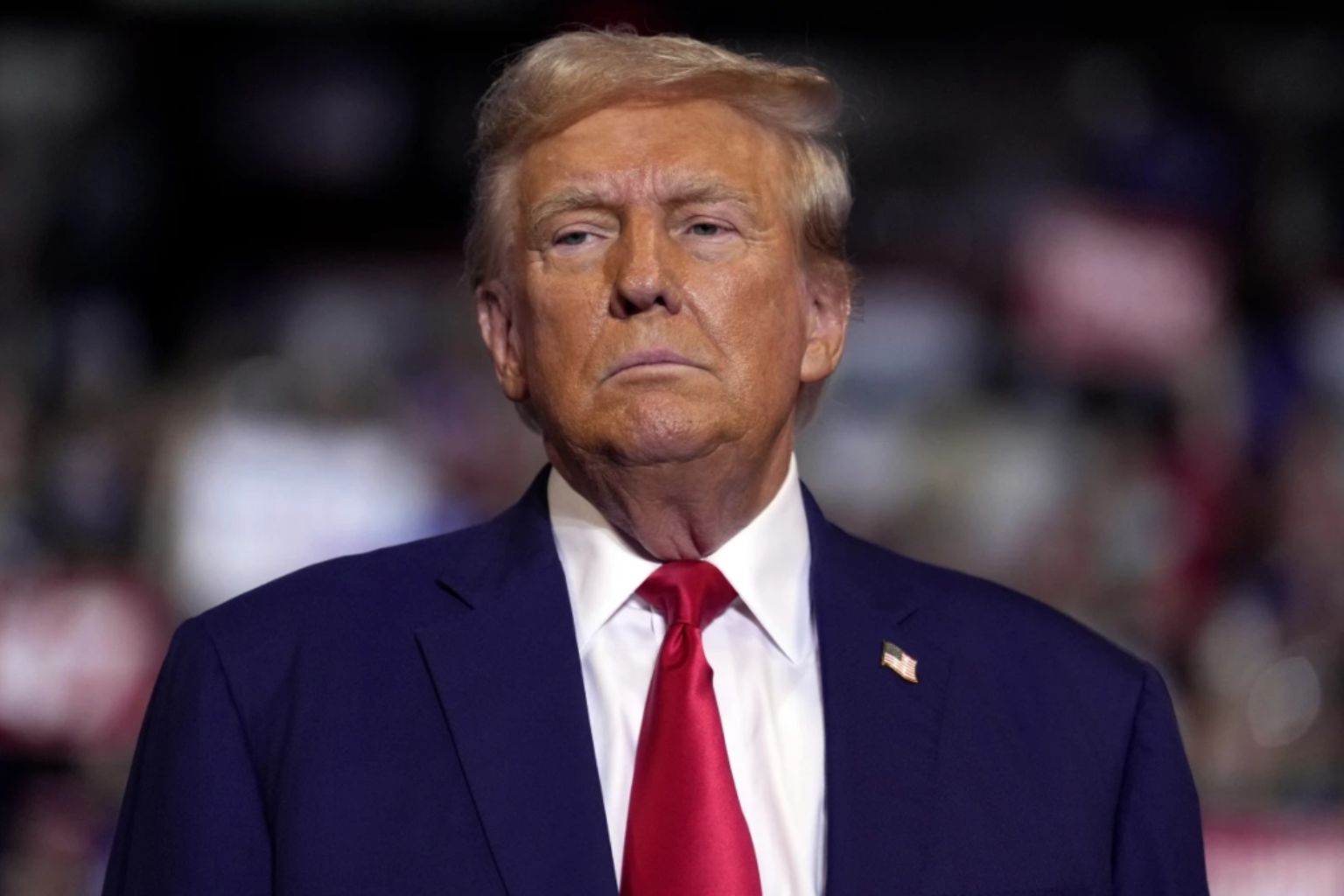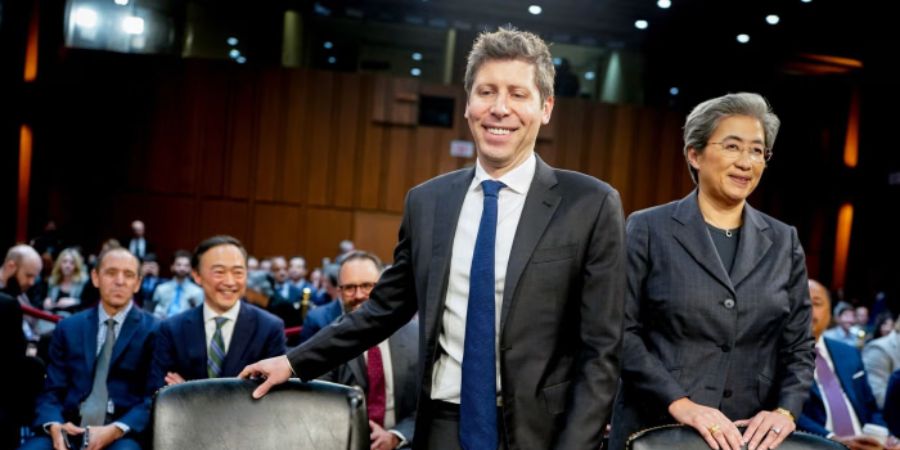The U.S. Court of Appeals for the Federal Circuit issued one of the most consequential decisions on presidential authority in trade policy on August 29, 2025. In a 7-4 tariffs ruling, the judges declared that the majority of Donald Trump tariffs are illegal tariffs. Central to the federal appeals court decision is the International Emergency Economic Powers Act (IEEPA). The court declared that this action does not grant the president the ability to authorize such broad Trump tariffs without direct congressional approval.
Most judges noted that Congress, in creating the law, probably never intended to transfer such broad trade authority to the executive. For them, the breadth of the Trump tariffs was one step too far.
But the Trump tariffs did not disappear overnight. The court permitted them to continue until October 14, 2025. This timeframe gives the Trump administration an opportunity to appeal the federal appeals court decision and present the case to the Supreme Court, on the road to a high-stakes showdown.
Which Tariffs Are in Play?
The tariffs ruling impacts two of Trump’s most significant categories of Trump tariffs. The first involves the much-discussed “Liberation Day” tariffs unveiled April 2. This proposal levied a 10% across-the-board tariff on practically all trading partners, supplemented and supplemented by higher and additional rates against countries the administration viewed as being unfair in trade.
The second group is Trump tariffs on Canada, Mexico, and China, placed under claims of national security and border-related concerns. These actions received heated domestic and global denunciation for hitting some of America’s biggest trade relationships.
It is significant to mention that all Trump tariffs were not overruled. Those imposed on steel, aluminum, cars, and other items under the Trade Expansion Act of 1962, Section 232, are exempted. The federal appeals court decision particularly aimed at illegal tariffs implemented under IEEPA and distinguished between national security-related trade measures and the general emergency powers used by Trump.
What It Means Going Forward
The possible financial impacts are huge. By July 2025, Trump tariffs imposed under IEEPA had already amassed $159 billion. More than double the revenue from the previous year, it is a sweeping indicator of the scale of the policy. If the Supreme Court affirms the tariffs ruling, the administration may have to refund these monies. The Justice Department has already warned that doing so would inflict utmost financial hardship on the U.S. treasury, employing terms like “financial ruin” to describe the situation.
The government is getting ready to appeal the federal appeals court decision to the Supreme Court. In the meantime, both policymakers and businesses are in limbo. For international businesses, the uncertainty means planning and pricing are still up in the air. For legislators, the case is a wider issue about the limits of executive power in framing economic policy.
What this actually means is that the choice goes above and beyond Trump tariffs. It reaches the heart of the balance of powers between the legislative and executive branches. Legal experts are paying keen attention to whether the tariffs ruling limits the scope of presidential powers under emergency laws, which have previously been used broadly in many instances. The result has the potential to set a precedent for how much one-man authority future presidents will wield in trade policy.
It also puts the Trump trade strategy under trial, raising deeper questions about the impact of tariffs on US economy. Economists warn that undoing illegal tariffs could either stabilize or destabilize industries depending on how the Supreme Court resolves the court ruling on Trump tariffs.
What Trump Said Next
Donald Trump’s response to the federal appeals court decision was swift and decisive. He termed the tariffs ruling as a “total disaster for the country” and further asserted that removing the Trump tariffs would “literally destroy the United States of America.” His statements highlighted both the political and economic implications involved.
Meanwhile, the four-judge dissenting opinion could provide his administration with a way out. The four judges contended that IEEPA has always been construed to provide presidents with broad leeway during emergencies, though the statute itself did not specifically refer to tariffs. They argued that the intent of the legislation was to enable rapid and firm executive action, which they feel permits the Trump tariffs.
This split on the judiciary indicates that the legal struggle is very far from over. As the case goes to the Supreme Court, it will not only decide the fate of these illegal tariffs but also establish how much power any president can exercise in matters of trade policy without the consent of Congress.
The ruling has thus transcended a tariff decision. It is now a test of constitutional boundaries, financial stability, and the political course of American trade policy. What emerges in the coming months will determine not only the future of US trade policy but also the shape of presidential authority for years to come.
As observers note, the Trump trade strategy under trial is as much about power as it is about economics. The impact of tariffs on US economy will remain under close watch as the court ruling on Trump tariffs moves to the Supreme Court. Whether this brings clarity or deeper uncertainty, the future of US trade policy now hangs in the balance.
Read Also: Hyundai Georgia Plant Raid Detains 475 Workers Amid Safety Concerns











